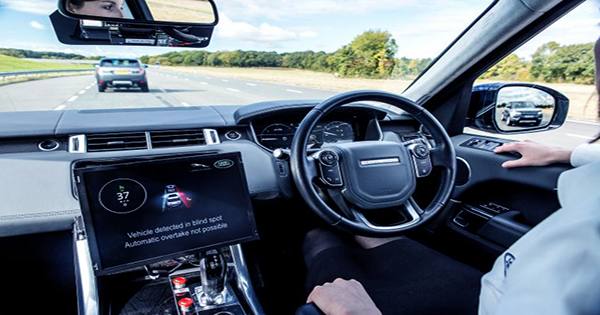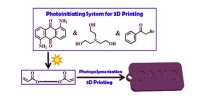California will mandate all light-duty autonomous vehicles operating in the state to emit zero emissions starting in 2030. SB 500, which was signed into law by Governor Gavin Newsom on Thursday, is the state’s latest attempt to limit the sale of new internal combustion automobiles in order to reduce greenhouse gas emissions. Newsom signed an executive order in 2020 effectively prohibiting the sale of new gasoline and diesel automobiles until 2035. In the same year, California’s Air Resources Board mandated that by 2045, all new trucks sold in the state must generate zero emissions.
In a statement to Engadget, Prashanthi Raman, head of worldwide government affairs at Cruise, stated, “We’re grateful for California’s leadership in ensuring this will be the industry standard.” “We’ve operated an all-electric, zero-emissions fleet from the beginning since the AV industry is poised to lead the way in decreasing greenhouse gas emissions in cities.” Through its partnership with the Emission Zero Coalition, which also includes autonomous delivery firm Nuro, Cruise backed SB 500.
Since 2019, the transportation industry has been the single largest producer of greenhouse emissions in the United States, according to the Environmental Protection Agency, with light-duty cars accounting for more than half of overall output. However, driverless vehicles account for a small percentage of the almost 15 million automobiles on California’s highways. Furthermore, Cruise and Waymo, two of the most notable businesses in the state testing completely autonomous taxi services, use fleets that are virtually entirely made up of electric and hybrid vehicles.
California’s latest move is aimed at avoiding autonomous vehicles from becoming big polluters in the future, especially if driverless taxi services grow popular with commuters. Since 2019, the transportation industry has been the single largest producer of greenhouse emissions in the United States, according to the Environmental Protection Agency, with light-duty cars accounting for more than half of overall output. However, driverless vehicles account for a small percentage of the almost 15 million automobiles on California’s highways. Furthermore, Cruise and Waymo, two of the most notable businesses in the state testing completely autonomous taxi services, use fleets that are virtually entirely made up of electric and hybrid vehicles.














